Animals that start with I are a diverse group, ranging from exotic pets to African antelopes. In this article, we will explore some of the most fascinating animals that start with I and learn some interesting facts about them.
From the elegant Impala to the elusive Iberian Lynx, there are many different species of animals that start with I that inhabit various parts of the world. Whether you’re a wildlife enthusiast or simply curious about the animal kingdom, this article will provide you with a glimpse into the fascinating world of animals that start with I.
Table of Contents
Animals that Start with I
Below is a useful list of animals we have found beginning with I.
- Inland Taipan
- Italian Wall Lizard
- Ivory Gull
- Imperial Eagle
- Italian Wolf
- Iberian Frog
- Indian Bullfrog
- Ibex
- Ibis
- Iceland Gull
- Icterine Warbler
- Iguana
- Impala
- Indian Flying Fox
- Iriomote Cat
- Indochinese Tiger
- Irish Setter
- Indian Star Tortoise
- Indri
- Indian Rhinoceros
- Indian Elephant
- Ibizan Hound
- Insect
- Indian Palm Squirrel
Common Animals that Start with I
Iguanas
Iguanas are large, herbivorous lizards that are native to tropical areas of Central and South America, Mexico, and the Caribbean. They are known for their distinctive appearance and make popular pets due to their docile nature and unique personalities.
In the wild, iguanas typically live in lowland tropical rainforests near water sources, such as rivers or streams. They are excellent climbers and spend much of their time in trees basking in the sun or hiding among the foliage.
Iguanas are primarily herbivorous, feeding on a variety of fruits, leaves, and flowers. They have a specialized digestive system that allows them to extract maximum nutrition from their plant-based diet. In captivity, it is essential to provide iguanas with a balanced diet that includes a variety of fresh fruits and vegetables.
Iguanas are solitary animals that spend much of their time basking in the sun or hiding among foliage. They are known for their distinctive personalities and can become quite tame with proper handling and socialization. In the wild, iguanas use visual signals to communicate with one another, such as head bobs and dewlap extensions.
Ibises
Ibises are a group of long-legged wading birds that are part of the Threskiornithidae family. These birds are known for their unique beaks, which are long, narrow, and curve downwards. There are 28 different species of Ibises in 12 different genuses.
Ibises are found all over the world, including in Africa, Asia, Europe, and the Americas. Some of the most common species of Ibises include the African Sacred Ibis, the Glossy Ibis, and the White Ibis. These birds are usually found near wetlands, swamps, and marshes, where they can easily find food.
Ibises are social birds that often live in large flocks. They are diurnal, meaning they are active during the day and rest at night. These birds are omnivores, meaning they eat both plants and animals. Their diet consists of insects, small fish, frogs, and other small animals. They also eat seeds, fruits, and berries.
Ibises usually mate for life and lay their eggs in nests made of sticks and twigs. The female Ibises lay between 2 and 5 eggs, which both parents take turns incubating for around 3 weeks. Once the eggs hatch, both parents take care of the chicks. The chicks are born with a downy covering of feathers, which they lose as they grow older.
Impalas
Impalas are medium-sized antelopes that are found in eastern and southern Africa. They are known for their impressive jumping ability, which helps them evade predators.
Impalas have a reddish-brown coat with white underparts. They have a distinctive black stripe running along their tail and down the back of their legs. Males have long, curved horns that can reach up to 90 centimeters in length, while females have shorter, straighter horns. They stand at around 75-95 centimeters at the shoulder and weigh between 40-76 kilograms.
Impalas are found in a variety of habitats, including savannas, woodlands, and grasslands. They are able to adapt to a range of environments, which has helped them become one of the most common antelopes in Africa. They are particularly abundant in protected areas such as national parks.
Impalas are social animals and are often found in herds of up to 100 individuals. During the breeding season, males will establish territories and compete for access to females. They will use their impressive jumping ability to display their dominance and intimidate rivals. Impalas are herbivores and feed on a variety of plants, including grasses, leaves, and fruits.
Indian Rhinoceros
The Indian rhinoceros, also known as the greater one-horned rhinoceros, is the largest of the three Asian rhinoceros species. They are primarily found in parts of Nepal and India, where they inhabit grasslands and forested areas near rivers and swamps.
Indian rhinoceroses are native to the Indian subcontinent and are primarily found in the grasslands and forests of northern India and southern Nepal. They are typically found near rivers and swamps, where they can find water and vegetation to feed on. These rhinoceroses are well adapted to living in hot and humid environments, and they have thick, armored skin that helps protect them from predators.
The Indian rhinoceros is primarily herbivorous, feeding on grasses, fruits, berries, and leaves. They are known to consume up to 50 kilograms of vegetation per day. These rhinoceroses are also known to be excellent swimmers and will often feed on aquatic vegetation found in rivers and swamps.
The Indian rhinoceros is currently listed as an endangered species, with only around 3,500 individuals remaining in the wild. Conservation efforts have been put in place to protect these rhinoceroses, including habitat conservation, anti-poaching measures, and captive breeding programs. In recent years, the population of Indian rhinoceroses has started to recover, with numbers increasing in some areas. However, they still face threats from habitat loss, poaching, and human-wildlife conflict.
Irish Wolfhound
The Irish Wolfhound is a breed of dog that is known for its size and gentle nature.
Irish Wolfhounds are one of the tallest breeds of dogs, standing up to 32 inches at the shoulder and weighing up to 180 pounds. They have a long, narrow head and a rough coat that can be gray, brindle, red, black, or white. Despite their imposing size, they are known for their gentle and friendly nature.
This breed was originally used as a hunting dog by the Gaels, who called them Cú Faoil, which means “wolfhound” in Irish. They were used to hunt wolves, deer, and other large game. Today, they are mostly kept as companion animals and are known for their loyalty and affectionate nature.
Irish Wolfhounds are intelligent dogs that are eager to please their owners. They respond well to positive reinforcement training methods, such as praise, treats, and play. They can be stubborn at times, so it is important to be patient and consistent with training.
Socialization is also important for this breed, as they can be wary of strangers and other animals. Exposing them to different people, animals, and environments when they are young can help them develop into well-adjusted adult dogs.
Irish Wolfhounds require regular grooming to keep their coat healthy and free of tangles. They should be brushed at least once a week and bathed as needed. They also need regular exercise, such as daily walks or runs in a fenced-in area.
Due to their large size, Irish Wolfhounds are prone to certain health issues, such as hip dysplasia and bloat. It is important to feed them a high-quality diet and to monitor their weight to help prevent these issues.
Insects Starting with I
When it comes to insects, there are a few interesting ones that start with the letter I. Here are three of them:
Ichneumon Wasp
The Ichneumon Wasp is a type of parasitic wasp that is found all over the world. They are known for their long and slender bodies, with some species having bodies up to six inches long. Despite their intimidating appearance, they are not harmful to humans and actually play an important role in controlling pest populations.
Here are some interesting facts about the Ichneumon Wasp:
- They lay their eggs in the larvae or pupae of other insects, which eventually kills the host.
- There are over 24,000 species of Ichneumon Wasps, making them one of the largest groups of insects.
- They have a long ovipositor (egg-laying tube) that can be longer than their body.
Imperial Moth
The Imperial Moth is a large and beautiful moth that is found in North America. They are known for their striking colors and patterns, with the males having more vibrant colors than the females. They are also one of the largest moths in North America, with a wingspan of up to seven inches.
Here are some interesting facts about the Imperial Moth:
- They are nocturnal and are attracted to light.
- The larvae feed on a variety of trees, including oak, hickory, and maple.
- They are not harmful to humans and do not cause any damage to crops or gardens.
Indian Meal Moth
The Indian Meal Moth is a common household pest that is found all over the world. They are known for their distinctive reddish-brown wings and the larvae are known for their ability to infest stored food products such as grains, nuts, and dried fruits.
Here are some interesting facts about the Indian Meal Moth:
- They are not harmful to humans but can be a nuisance when they infest stored food products.
- The larvae spin silk webbing over the infested food, which can make it difficult to detect the infestation.
- They are attracted to light and can often be found flying around light fixtures in the home.
List of Animals A to Z
Frequently Asked Questions
What are some animals that start with I?
There are several animals that start with I, including the ibex, iguana, impala, ibis, Indian elephant, and indri. These animals are found in different parts of the world and have unique characteristics that make them interesting to learn about.
What is an example of an animal that begins with the letter I?
One example of an animal that begins with the letter I is the isopod. Isopods are a type of crustacean that are found in various aquatic environments. They have a unique body structure and are often used in scientific research.
What are some lesser-known animals that start with I?
Some lesser-known animals that start with I include the Indian palm squirrel, the Irrawaddy dolphin, the island fox, and the imperial eagle. These animals may not be as well-known as some of the others, but they are still fascinating creatures to learn about.
What are some interesting facts about animals that start with I?
Some interesting facts about animals that start with I include that the impala can jump as high as 10 feet and run over 50 miles an hour, and that the wild Indian elephant population is estimated at only about 20,000 today. Additionally, the Indian palm squirrel is considered sacred in India and an invasive species in Australia.
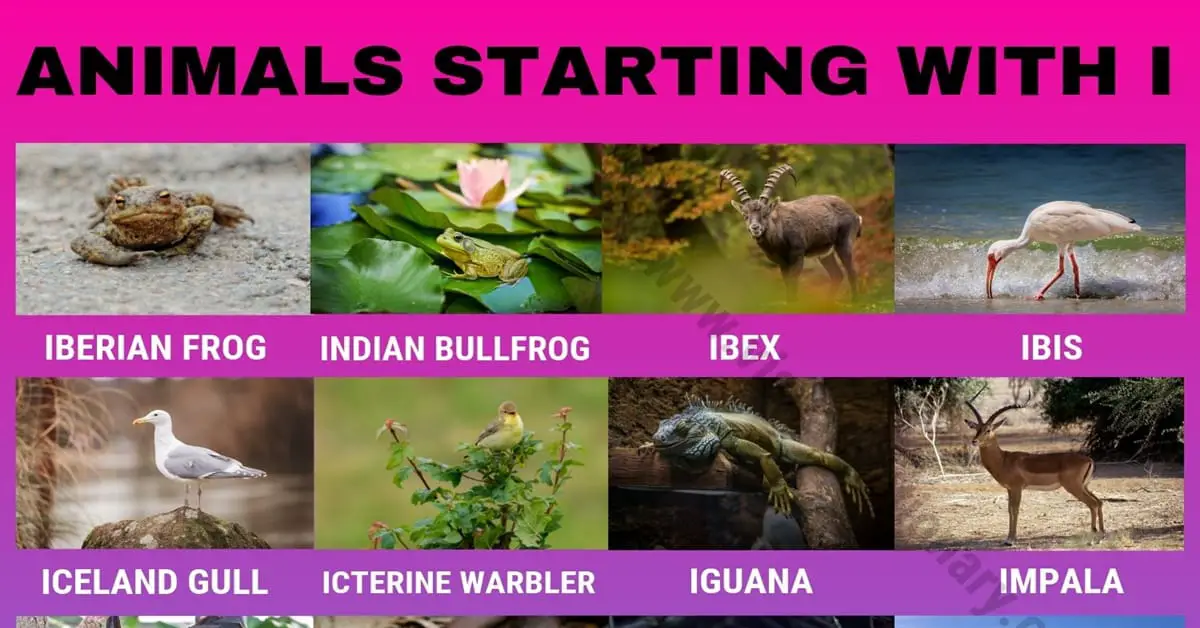
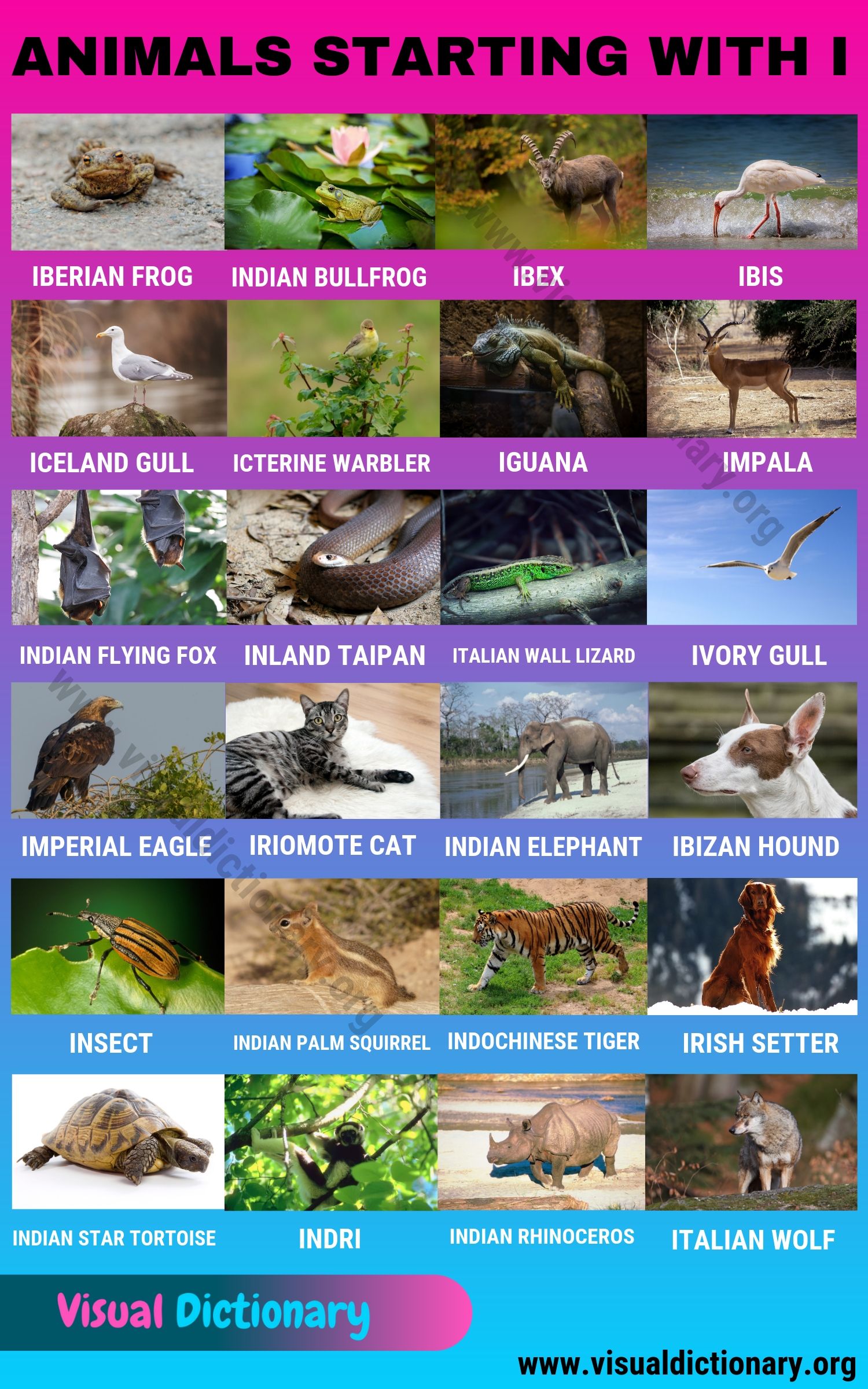



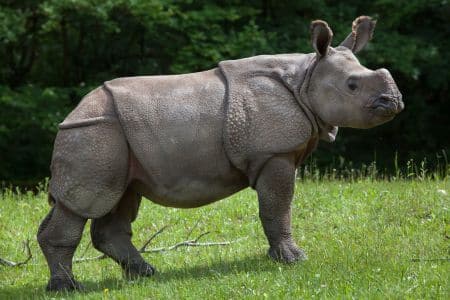


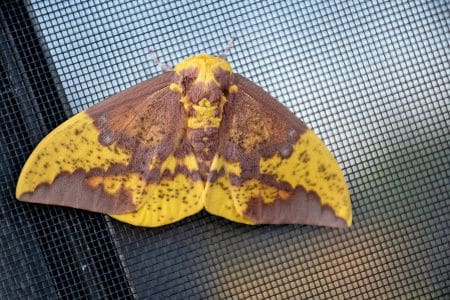


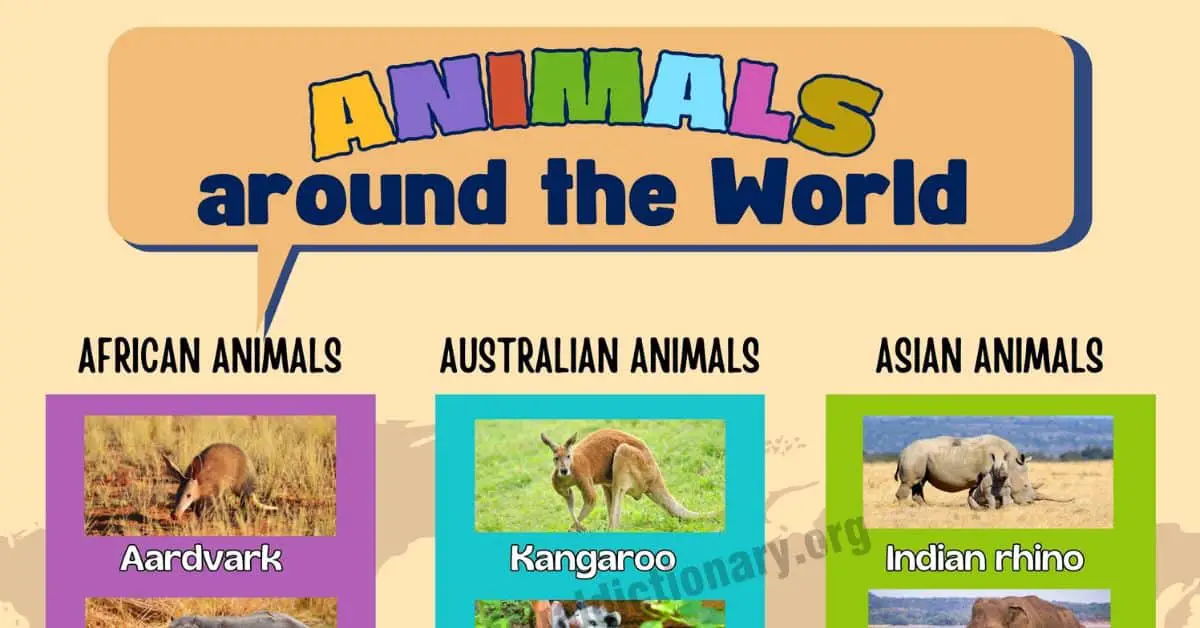
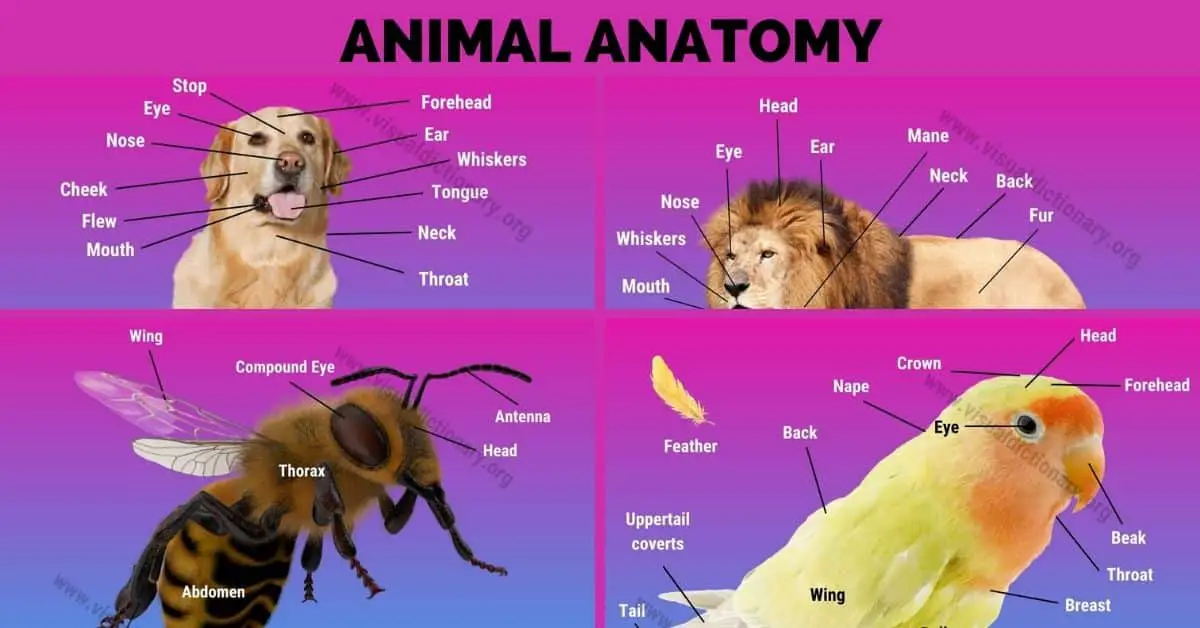
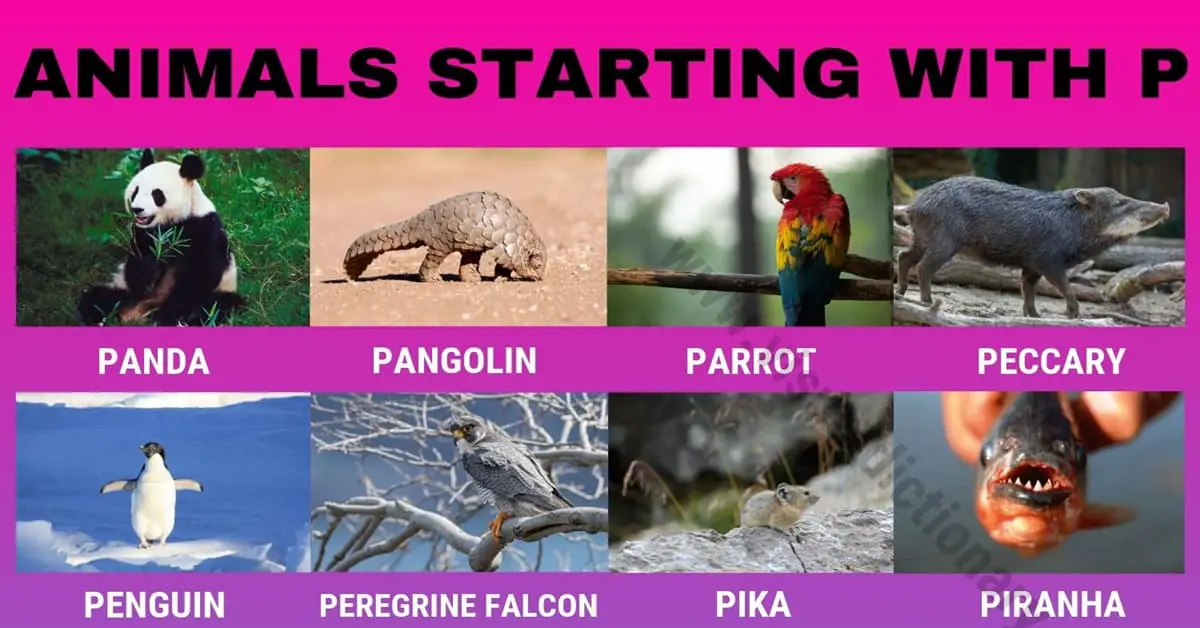
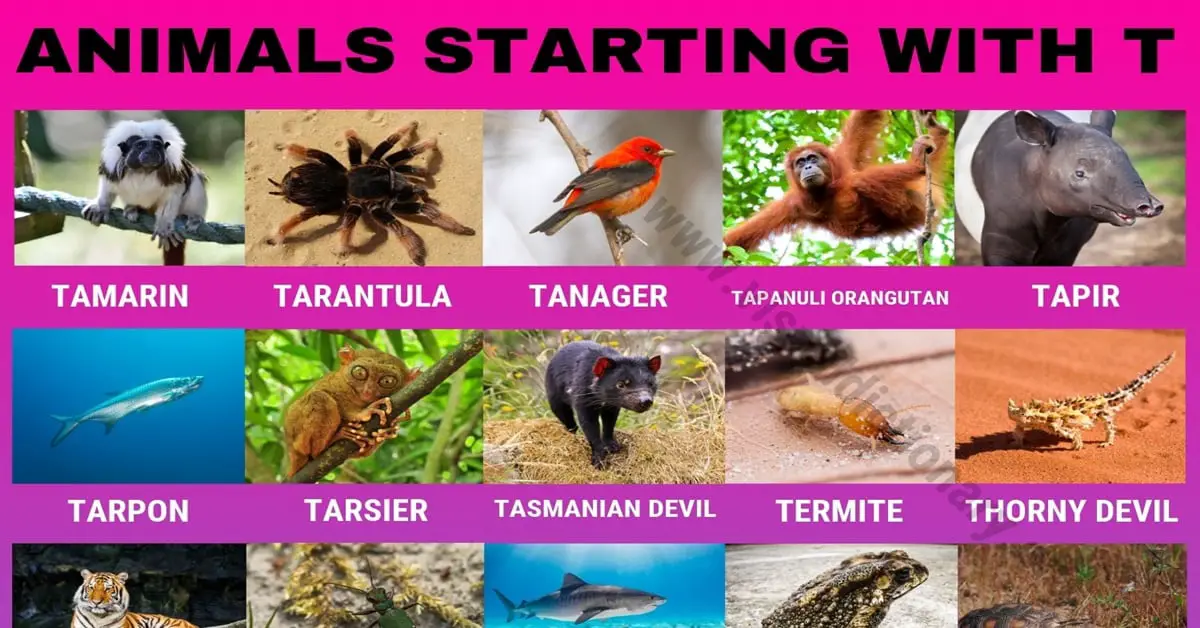

Load help 😉